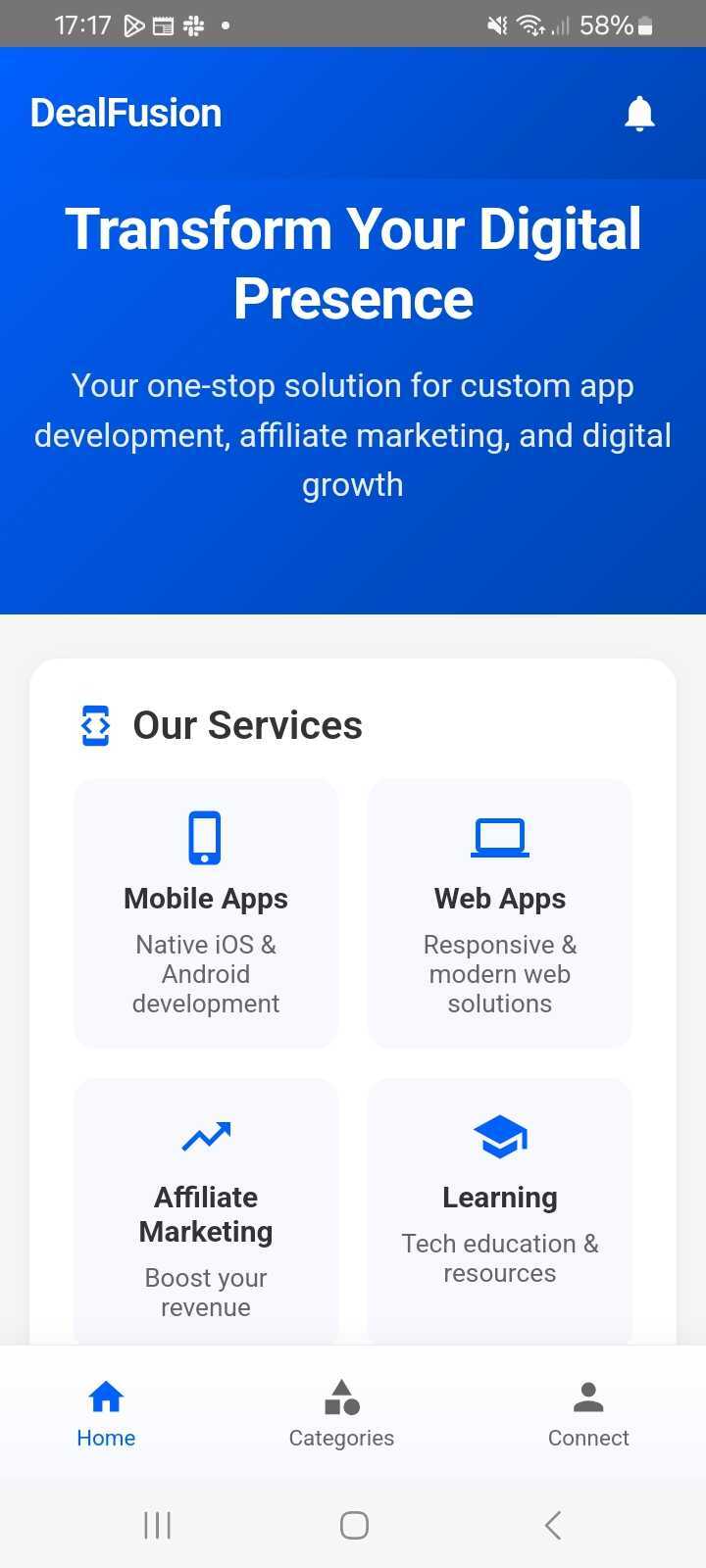With mobile devices becoming the primary computing platform for billions of users worldwide, the security of mobile applications has never been more critical. As a mobile app developer, protecting your users' data isn't just a matter of compliance—it's a fundamental responsibility that directly impacts user trust and your app's reputation.
In this comprehensive guide, we'll explore essential mobile app security best practices that every development team should implement. Whether you're building for iOS, Android, or both platforms, these strategies will help fortify your applications against common threats and vulnerabilities.
1. Secure Coding Practices
Security must be a priority from the first line of code, not an afterthought. Implement these fundamental coding practices:
Input Validation
Never trust any data that comes from outside your application:
- Validate all user input on both client and server sides
- Implement strict type checking and input formatting requirements
- Use parameterized queries for database operations to prevent SQL injection
- Sanitize data before displaying it to prevent cross-site scripting (XSS) attacks
Memory Management
Proper memory handling prevents vulnerabilities that can be exploited:
- For iOS/Swift: Avoid unsafe memory access and use Swift's automatic reference counting (ARC)
- For Android/Java: Be mindful of memory leaks and properly manage object lifecycles
- For all platforms: Clear sensitive data from memory as soon as it's no longer needed
Code Obfuscation
Make your code more difficult to reverse engineer:
- Rename classes, methods, and variables to meaningless labels
- Remove debugging information and comments from production builds
- Use control flow obfuscation to make code paths more complex to analyze
- Consider commercial obfuscation tools for additional protection
2. Data Storage and Protection
Mobile devices are frequently lost or stolen, making secure data storage essential.
Local Data Storage
- Sensitive data minimization: Only store what's absolutely necessary on the device
- Platform-specific secure storage:
- iOS: Use Keychain Services for credentials and sensitive data
- Android: Implement the EncryptedSharedPreferences or use the Android Keystore System
- Avoid storing in plaintext: Never store passwords, tokens, or personal data in plaintext or in easily accessible locations
- File-level encryption: Encrypt any sensitive files stored in the app's sandbox
Data-in-Transit Protection
Communication between your app and backend services must be secured:
- Enforce HTTPS: Use Transport Layer Security (TLS) for all network communications
- Certificate pinning: Implement certificate pinning to prevent man-in-the-middle attacks
- Modern TLS versions: Support only recent TLS versions (1.2 and later)
- Data minimization: Only transmit essential data across the network
Encryption Implementation
When implementing encryption, follow these guidelines:
- Use industry-standard encryption algorithms (AES-256, RSA, etc.)
- Never create custom encryption algorithms
- Implement proper key management practices
- Consider using envelope encryption for sensitive data
3. Authentication and Authorization
Strong user authentication is critical for protecting user accounts and data.
User Authentication
- Strong password policies: Enforce complexity requirements and check against common password lists
- Multi-factor authentication (MFA): Implement when possible, especially for sensitive operations
- Biometric authentication: Use platform APIs for fingerprint, face recognition, or other biometric options
- Account lockout mechanisms: Implement temporary lockouts after failed login attempts
- Secure password recovery: Design recovery flows that can't be exploited
Session Management
- Generate strong, random session tokens
- Implement token expiration and rotation policies
- Provide secure logout functionality that invalidates tokens
- Consider using refresh tokens alongside short-lived access tokens
Authorization Controls
- Implement the principle of least privilege throughout your app
- Validate permissions on the server side, not just in the client
- Create role-based access control for different user types
- Re-authenticate users before critical operations
4. API Security
Most mobile apps rely on backend APIs, making their security essential.
API Authentication
- Use OAuth 2.0 or OpenID Connect for API authorization
- Implement token-based authentication with proper expiration
- Consider using JSON Web Tokens (JWT) with appropriate signature verification
- Never embed API keys directly in your app code
API Request/Response Handling
- Validate all API inputs on the server side
- Implement rate limiting to prevent abuse
- Return appropriate error codes without leaking sensitive information
- Use HTTPS for all API communications
Server-Side Validation
Never trust the client application alone:
- Revalidate all data on the server, even if it was validated on the client
- Implement proper authentication and authorization checks for every API endpoint
- Keep server-side validation logic separate from client-side code
5. Secure Development Lifecycle
Security isn't a one-time activity but should be integrated throughout the development process.
Security Testing
- Static Application Security Testing (SAST): Analyze source code for security vulnerabilities
- Dynamic Application Security Testing (DAST): Test running applications for runtime vulnerabilities
- Penetration testing: Conduct regular penetration testing with professional security experts
- Vulnerability scanning: Use automated tools to identify common security issues
Dependency Management
- Regularly update third-party libraries and frameworks
- Use dependency scanning tools to identify vulnerable components
- Establish a process for evaluating and incorporating security patches
- Maintain an inventory of all dependencies and their versions
Security Monitoring
- Implement logging for security-relevant events
- Create a system to detect and alert on suspicious activities
- Establish an incident response plan for security breaches
- Consider implementing analytics to identify unusual usage patterns
6. Platform-Specific Considerations
Different mobile platforms require different security approaches.
iOS Security
- Leverage the iOS Keychain for credential storage
- Use App Transport Security (ATS) to enforce secure connections
- Implement appropriate Data Protection API usage (NSFileProtection)
- Be cautious with URL schemes to prevent hijacking
- Use Swift's built-in security features whenever possible
Android Security
- Implement proper permission requests following the principle of least privilege
- Use Android Keystore for cryptographic key management
- Set appropriate android:exported values in your manifest
- Implement network security configuration for TLS settings
- Use SafetyNet Attestation API to verify device integrity
- Configure proper backup and auto-backup settings
7. User Privacy Considerations
Security and privacy go hand in hand in modern app development.
Privacy by Design
- Collect only the data you absolutely need (data minimization)
- Be transparent about what data is collected and how it's used
- Provide users with choices about their data
- Implement proper data deletion when requested by users
Compliance Considerations
- Stay updated on regulations like GDPR, CCPA, HIPAA, etc.
- Implement age verification if your app targets minors
- Create clear privacy policies and terms of service
- Obtain proper consent before collecting personal data
Conclusion
Mobile app security is a multi-faceted challenge that requires diligence at every stage of development. By implementing these best practices, you can significantly reduce your app's attack surface and protect your users' sensitive data from potential breaches.
Remember that security is not a one-time implementation but an ongoing process. Stay informed about emerging threats and vulnerabilities, and be prepared to adapt your security strategies accordingly. Your users trust you with their data—make security a core value in your development process to honor that trust.
At DealFusion, we prioritize security in all of our mobile application projects. If you need assistance implementing these security best practices or would like a security audit of your existing applications, contact our team for expert support.




